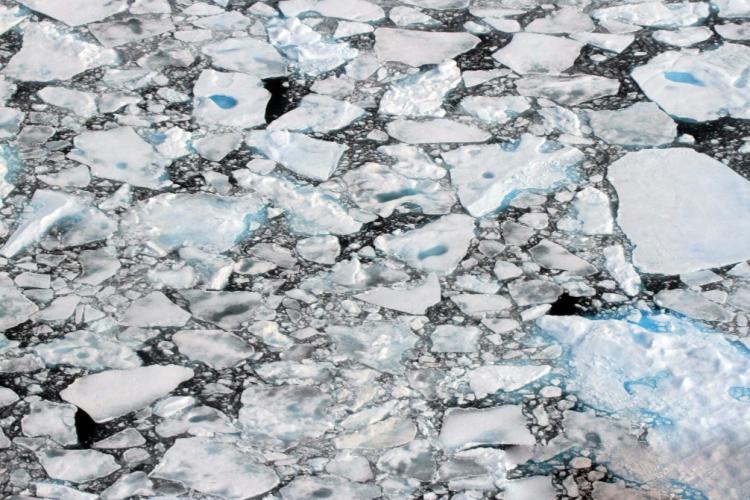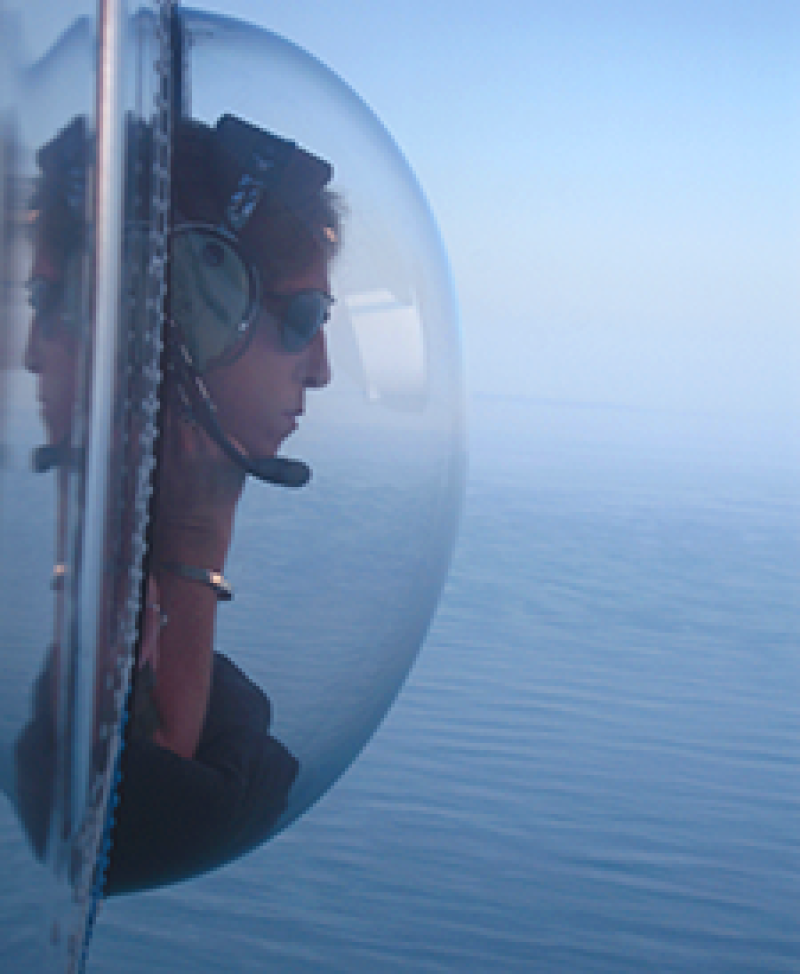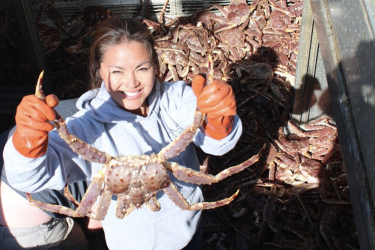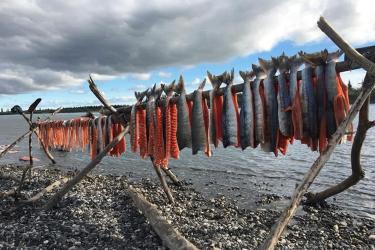ASAMM goals are to examine the distribution, relative numbers of animals using certain areas, and behavior of bowhead, gray, humpback, fin, minke, and killer whales, belugas, harbor porpoises, walruses, ice seals, and polar bears. ASAMM is focused in areas of potential interest to petroleum exploration, development, and production, and surrounding areas used by these species, in the Alaskan Arctic. Results from ASAMM provide an objective, broad-scale understanding of marine mammal ecology in the Alaskan Arctic that helps inform management decisions.
In 2018, ASAMM has one team based in Utqiagvik (formerly Barrow), Alaska, from 1 July – 31 October, and one team based in Deadhorse, Alaska, from 18 July – 11 October. Our survey season started off with a whole lot of fog and crummy weather conditions for aerial surveys, and we were not able to take many blog-worthy photos, but we will be posting some of our better photos during September and October.
*All photos taken under research permit with funding from the Bureau of Ocean and Energy Management.




